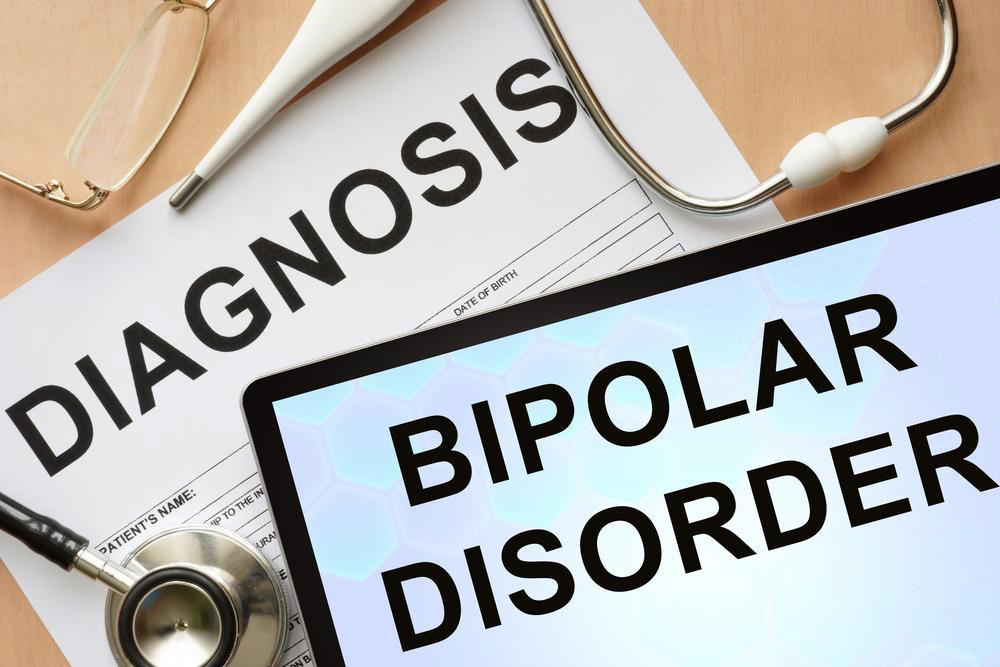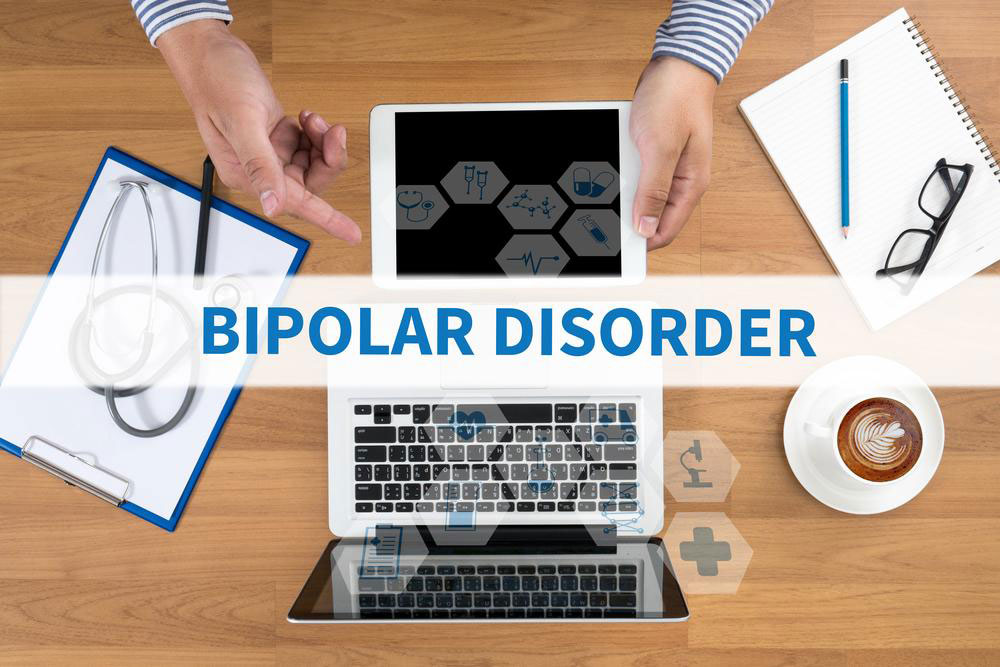Understanding Variations of Bipolar Disorder
This article explores the different types of bipolar disorder, including Bipolar I, Bipolar II, and cyclothymic disorder. It discusses symptoms, causes, and treatment options to help individuals understand and manage this complex mental health condition. Early diagnosis and intervention are emphasized as crucial for effective control of mood swings and improving quality of life.

Understanding Variations of Bipolar Disorder
Bipolar disorder, often called manic-depressive illness, is a mental health condition causing dramatic shifts in mood and energy levels. Some individuals experience episodes of intense happiness, excitement, or hyperactivity, while others face periods of deep depression and despondency. These mood changes can happen frequently or rarely, lasting days, weeks, months, or even years. Each person’s experience varies widely. Although bipolar disorder cannot be cured, treatments aim to manage and stabilize mood swings effectively.
Let's explore these conditions in detail.
Types of bipolar disorder
The classification depends on the frequency and nature of mood episodes.
Bipolar I disorder: Characterized by at least one manic episode, often alternating with depressive episodes. For instance, an individual may act aggressively or become extremely indifferent, followed by prolonged depression.
Bipolar II disorder: Involves episodes of depression without the occurrence of full manic episodes. Someone might frequently consider self-harm due to depression but refrain from acting on these thoughts.
Cyclothymic disorder: This form presents mood fluctuations in episodes separated by periods of normalcy. For example, a person might experience mood swings in childhood that later become dormant, then reappear years later.
Other types may result from external influences, such as drug or alcohol abuse. These cases are usually easier to manage by addressing the underlying causes.
Key symptoms of bipolar disorder include mania and hypomania. Mania symptoms are more intense and may require urgent hospitalization. Common signs include heightened activity, inflated self-worth, reduced need for sleep, and irritability. Poor decision-making, such as reckless spending, risky behaviors, or unprotected sex, may also occur over extended periods. Although less common in children, bipolar episodes can trigger during childhood and remain dormant for years, often relieved by external triggers. Treatment involves medication and therapy, with early intervention greatly improving prognosis. Persistent support and consultation with a healthcare professional are vital to effective management.










